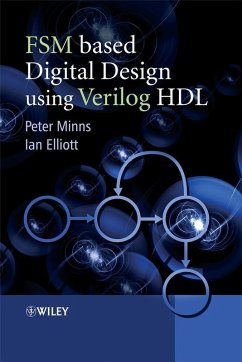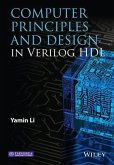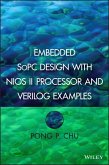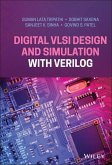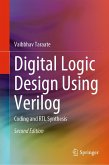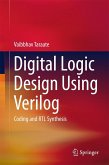As digital circuit elements decrease in physical size, resulting in increasingly complex systems, a basic logic model that can be used in the control and design of a range of semiconductor devices is vital. Finite State Machines (FSM) have numerous advantages; they can be applied to many areas (including motor control, and signal and serial data identification to name a few) and they use less logic than their alternatives, leading to the development of faster digital hardware systems. This clear and logical book presents a range of novel techniques for the rapid and reliable design of digital systems using FSMs, detailing exactly how and where they can be implemented. With a practical approach, it covers synchronous and asynchronous FSMs in the design of both simple and complex systems, and Petri-Net design techniques for sequential/parallel control systems. Chapters on Hardware Description Language cover the widely-used and powerful Verilog HDL in sufficient detail to facilitate the description and verification of FSMs, and FSM based systems, at both the gate and behavioural levels. Throughout, the text incorporates many real-world examples that demonstrate designs such as data acquisition, a memory tester, and passive serial data monitoring and detection, among others. A useful accompanying CD offers working Verilog software tools for the capture and simulation of design solutions. With a linear programmed learning format, this book works as a concise guide for the practising digital designer. This book will also be of importance to senior students and postgraduates of electronic engineering, who require design skills for the embedded systems market.
Dieser Download kann aus rechtlichen Gründen nur mit Rechnungsadresse in A, B, BG, CY, CZ, D, DK, EW, E, FIN, F, GR, HR, H, IRL, I, LT, L, LR, M, NL, PL, P, R, S, SLO, SK ausgeliefert werden.

